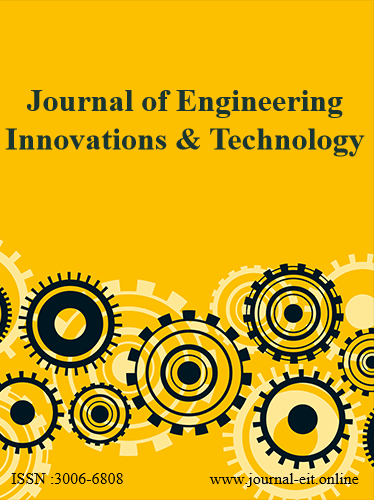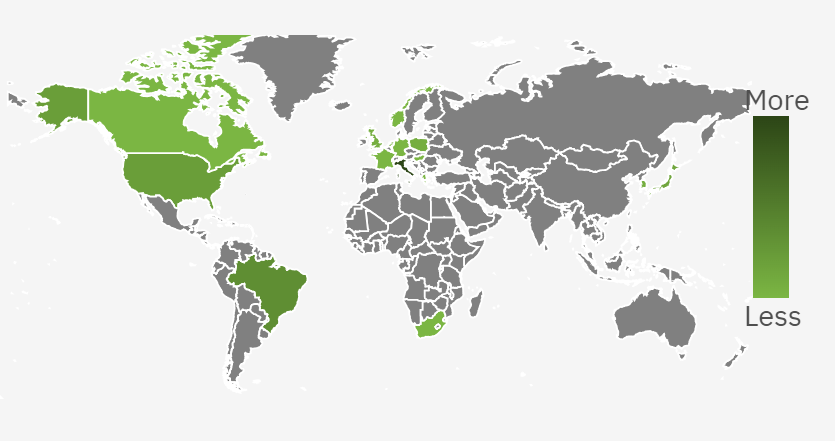 An open access journal
An open access journal
Enhancing Environmental Monitoring for Sustainable Development
Abstract
This paper explores the enhancement of environmental monitoring for sustainable development through AI-driven engineering. Through case studies and research insights, it investigates how artificial intelligence is revolutionizing traditional environmental monitoring practices, including air quality assessment, water quality management, and biodiversity conservation. The study highlights the application of AI techniques such as remote sensing, data fusion, and predictive modeling in analyzing environmental data, detecting trends, and forecasting environmental changes. Additionally, it discusses the integration of AI with sensor networks, satellite imagery, and geographic information systems (GIS) to enable real-time monitoring, early warning systems, and decision support tools for environmental management. The paper also addresses challenges such as data interoperability, model validation, and community engagement in the deployment of AI-driven engineering solutions in environmental monitoring. It emphasizes the importance of interdisciplinary collaboration, stakeholder engagement, and policy support in leveraging AI's potential to enhance environmental sustainability and promote ecosystem resilience.
Share and Cite
Article Metrics
References
- Bressers, H. T., & Rosenbaum, W. A. (2013). Achieving sustainable development: The challenge of governance across social scales. Journal of Environmental Policy & Planning, 15(2), 157-175.
- Kamarudin, M. K. A., Yusof, M. H. M., Ismail, A., & Mohamad, I. (2017). Review on the applications of geographic information system (GIS), remote sensing (RS) and unmanned aerial system (UAS) in landslide monitoring and management. IOP Conference Series: Earth and Environmental Science, 60(1), 012005.
- Kuhn, M., & Johnson, K. (2013). Applied predictive modeling. Springer Science & Business Media.
- Li, J., & Heap, A. D. (2011). A review of comparative studies of spatial interpolation methods in environmental sciences: Performance and impact factors. Ecological Informatics, 6(3-4), 228-241.
- Prasad, A. M., Iverson, L. R., Liaw, A., & Newell, J. D. (2006). A decision tree-based algorithm for assessing land cover classification accuracy from satellite imagery. Photogrammetric Engineering & Remote Sensing, 72(12), 1395-1401.
- Reichstein, M., Camps-Valls, G., Stevens, B., Jung, M., Denzler, J., Carvalhais, N., & Prabhat. (2019). Deep learning and process understanding for data-driven Earth system science. Nature, 566(7743), 195-204.
- Stebler, E., Rüetschi, M., & Sturm, P. (2017). Towards a sustainable bioeconomy: The role of business models in developing bio-based industries. Sustainability, 9(8), 1324.

